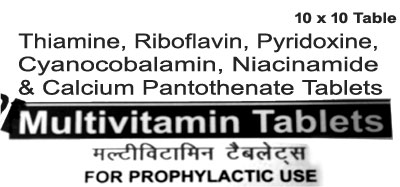|
|
|
Indian Pediatr 2016;53:
533 |
 |
Generics Drugs — Are They Really Equivalent to
Brands
|
|
Swati Kalra and *Piyush Gupta
Department of Pediatrics, University College of Medical
Sciences and GTB Hospital, Delhi, India.
Email:
[email protected]
|
|
Generic drugs by definition are "the drug products which are comparable
to a brand/reference listed drug product in dosage form, strength,
quality and performance characteristics, and intended use" [1].
Government of India and several of its States are promoting the use and
prescription of generic drugs in public-sector hospitals with the vision
of "ensuring availability of quality medicines at affordable prices to
all" [2]. Generic drugs, being cheaper, have the potential to reduce the
country’s healthcare expenditure and ensure affordable healthcare to
millions of people.
Even though generic drugs are being promoted, certain
issues need to be highlighted. According to the definition and
recommendations by WHO and FDA, only those generic drugs which are
bioequivalent to the branded counterparts can be approved for marketing
[1,3]. They also recommend that a generic drug should have an
effectiveness range of between 80-125 percent of the original drug,
which, however may be dangerous especially for drugs with narrow
therapeutic index. Moreover, the quality control of generic drugs may
not be as stringent as that of the brands. The issues related to lack of
control over constituents and uncontrolled price of branded products
during non-availability of generic drugs have been highlighted in this
journal earlier [4].
 |
|
Fig. 1 Label of a generic drug by the
name of ‘Multivitamin Tablets’.
|
Recently we encountered another problem while
prescribing generic drugs. While treating a child with severe acute
malnutrition, we prescribed ‘‘multivitamin tablet’’ presuming that it
would contain all the vitamins (A, B, C, D, E) in at least the
recommended daily allowance. When we checked the constituents of the
product being given to the child, it contained only vitamins belonging
to B-complex group, yet carried the name ‘Multivitamin Tablets’ (Fig.
1). Therefore it may not serve the exact purpose which it is
supposed to do. As per the definition of generic drugs, their
pharmacological effects should exactly be the same as those of their
brand-name counterparts [1]. But this problem of quality control over
generic drugs remains unchecked due to lack of strict guidelines. The
drug should provide what it intends to deliver; the labelling and
nomenclature should adhere to ethical standards and not confuse and
compromise the recovery of sick patients. Generic drugs need to maintain
the quality and not merely serve as a measure of cost-cutting on health
care expenses.
References
1. Generic drugs. Trade, foreign policy, diplomacy
and health. World Health Organization. Available from:
http://www.who.int/trade/glossary/story034/en/. Accessed July 15,
2014.
2. Generic drugs. Center for Drug Evaluation and
Research, U.S. Food and Drug Administration. Available from:http://www.fda.gov/drugs/resourcesforyou
consumers/buyingusingmedicinesafely/understanding genericdrugs/default.htm.Accessed
February 12, 2016.
3. Food & Drug Administration, Generic Drugs:
Questions and Answers. Food and Drug Administration. Available
from:http://www.fda.gov/Drugs/ResourcesForYou/Consumers/QuestionsAnswers/ucm100100.htm.
Accessed February 12, 2016.
4. Dabas A, Shah D. Prescription of generic drugs – Is it really a
smart initiative? Indian Pediatr. 2014;51:842-3.
|
|
|
 |
|

